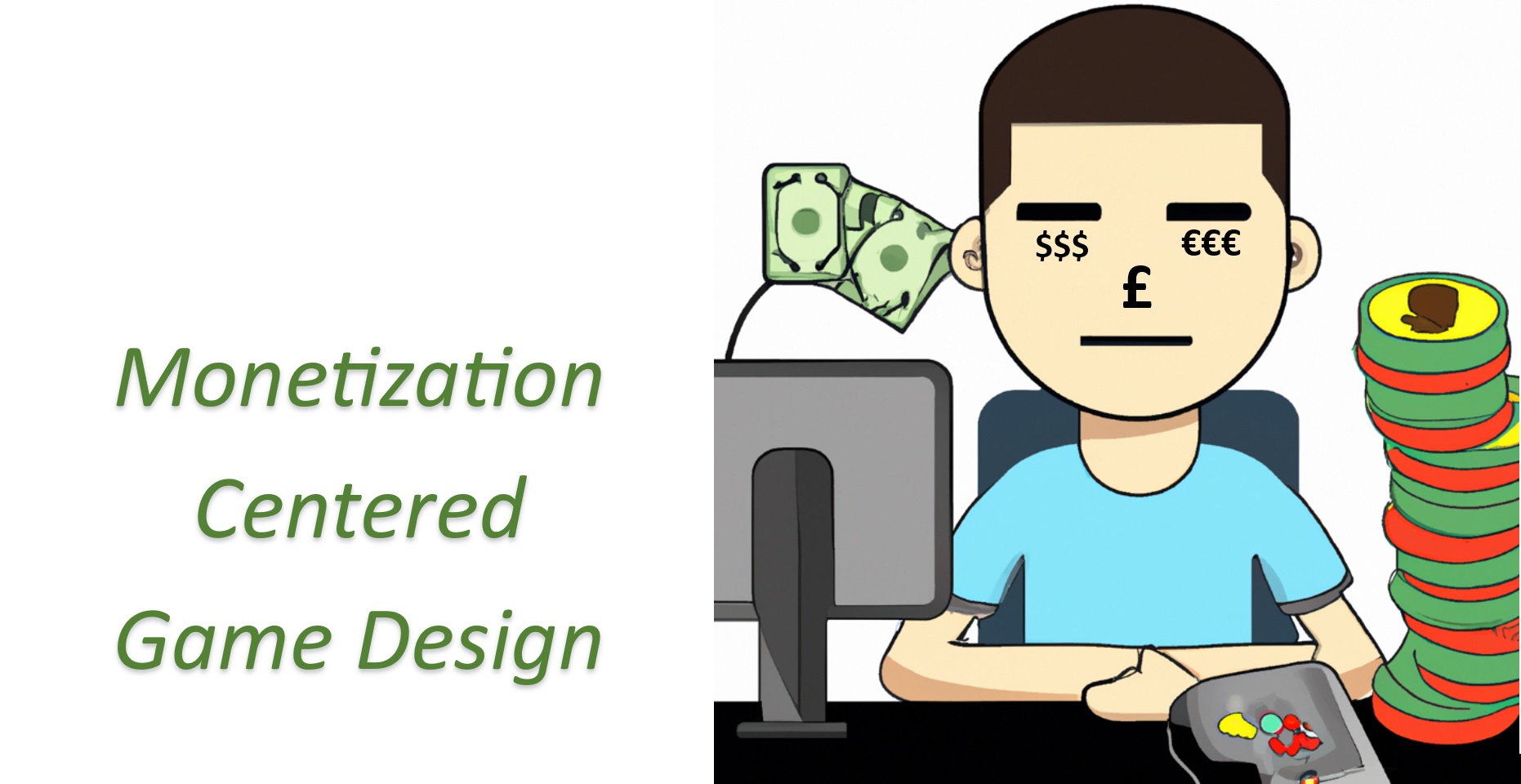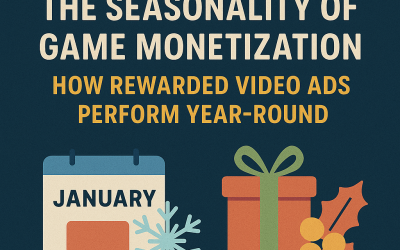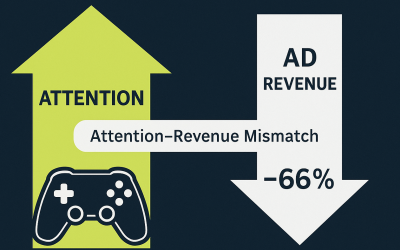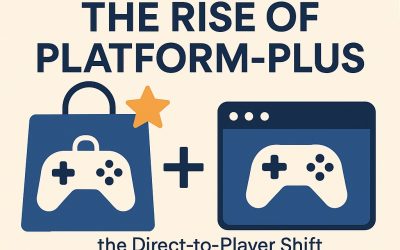Monetization Centered Game Design refers to a game development approach where the primary focus is on maximizing revenue generation through the game’s mechanics, features, and player interactions. Instead of prioritizing player experience or narrative depth first, this methodology often incorporates elements like microtransactions, in-game advertisements, pay-to-win mechanics, and loot boxes to ensure continuous and increasing profit streams. While it can lead to significant financial success, critics argue that it can detract from the overall quality, fairness, and enjoyment of the game.
Game design and monetization go hand-in-hand in today’s mobile and online gaming market. Monetization refers to the various ways that game developers can generate revenue from their games, such as through in-app purchases, advertising, and subscriptions. In this article, we will discuss some key considerations for game design with monetization in mind.
First and foremost, it is important to understand your target audience. Who will be playing your game, and what do they want to get out of it? Are they looking for a casual, pick-up-and-play experience, or are they more interested in a deep and immersive gaming experience? Understanding your target audience will help you design a game that appeals to them and also helps you to figure out how to monetize your game.
Next, it’s essential to consider how your game will be played. Will it be a free-to-play title with in-app purchases, or will it be a paid title with no in-app purchases? Will it be a subscription-based model? Each of these options has its own benefits and drawbacks, and the best choice for your game will depend on your target audience and the type of game you are creating.
Another important consideration is the game’s economy. In-app purchases and advertising can greatly impact the game’s economy and can also affect the player’s experience. For example, a game with a strong economy can encourage players to spend more money on in-app purchases, while a weak economy can discourage players from spending any money at all. It’s important to strike a balance between a fair and enjoyable gameplay experience and a profitable monetization strategy.
Finally, it’s essential to keep in mind that monetization is not the end-all-be-all of game design. The most imp ortant thing is to create a fun and engaging experience for the player. If the game is not enjoyable, players will not stick around, and monetization will not be possible.
ortant thing is to create a fun and engaging experience for the player. If the game is not enjoyable, players will not stick around, and monetization will not be possible.
In conclusion, game design and monetization are closely intertwined, and it’s essential to consider both when creating a game. By understanding your target audience, considering the type of game you’re creating, designing a fair and enjoyable economy, and keeping the player’s experience in mind, you can create a game that is both fun and profitable.



